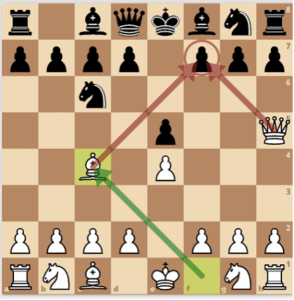

Black often declines the sacrifice, and the white c-pawn is allowed to remain standing strong in the center of the board.

These two factors combine to make the Queen’s Gambit the most popular pawn sacrifice in all of chess opening theory. White will often end up getting their pawn back. After white moves the e-pawn, white’s light-squared bishop will be attacking this pawn, and it’s not very easy to defend. Now or later, white will likely be able e4 if he so desires. Black’s pawn has lost its control over the center.
#Queen and king moves in chess free#
Want to take your chess openings BEYOND the basics? Click HERE to sign up for my FREE one-week “Opening Mastery Masterclass” The Symmetrical Queen’s Pawn Opening: 1. Black does not play the move 1…d5 and seeks to contest the center by other means.

Black places their own Queen’s Pawn in the center with 1…d5, equalizing control of the center.I’m going to break them down into two broad categories: Many distinct opening systems can arise from the Queen’s Pawn Opening. Many opening systems under the umbrella of Queen’s Pawn Openings are defined more by their ideas than by specific move orders – though that’s not to say that sharp, precise variations don’t exist! This tends to afford each player a higher degree of flexibility than can be seen in a King’s Pawn opening. In contrast with the King’s Pawn Opening, the Queen’s Pawn is already defended (by the queen) upon its arrival in the center of the board, so any threat to this pawn doesn’t necessarily have to be immediately addressed.


 0 kommentar(er)
0 kommentar(er)
